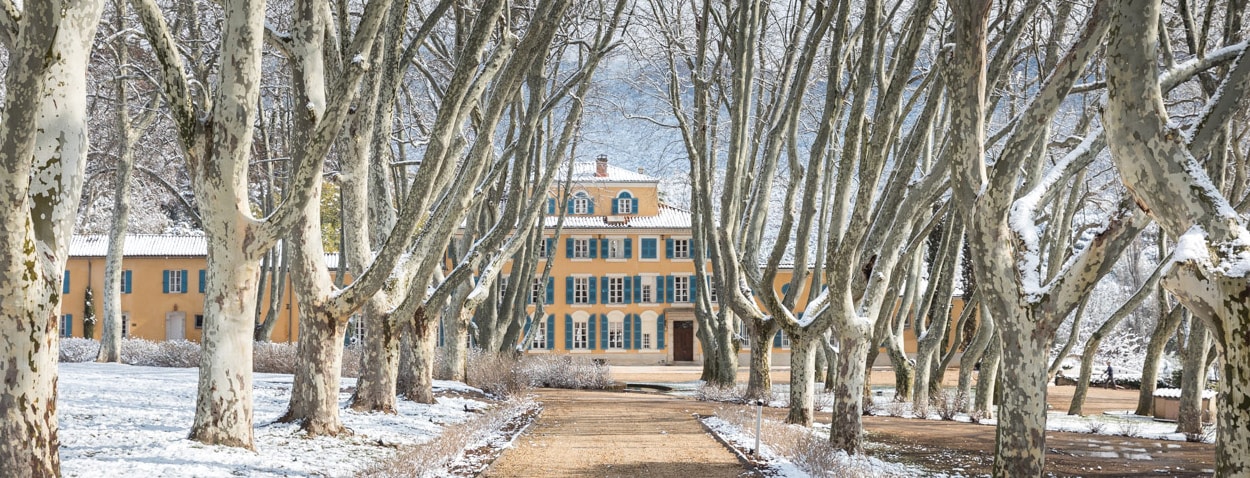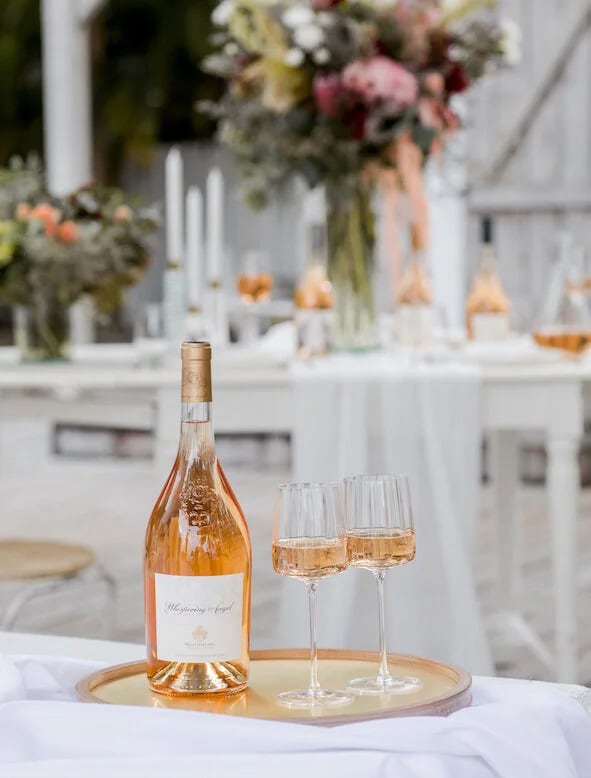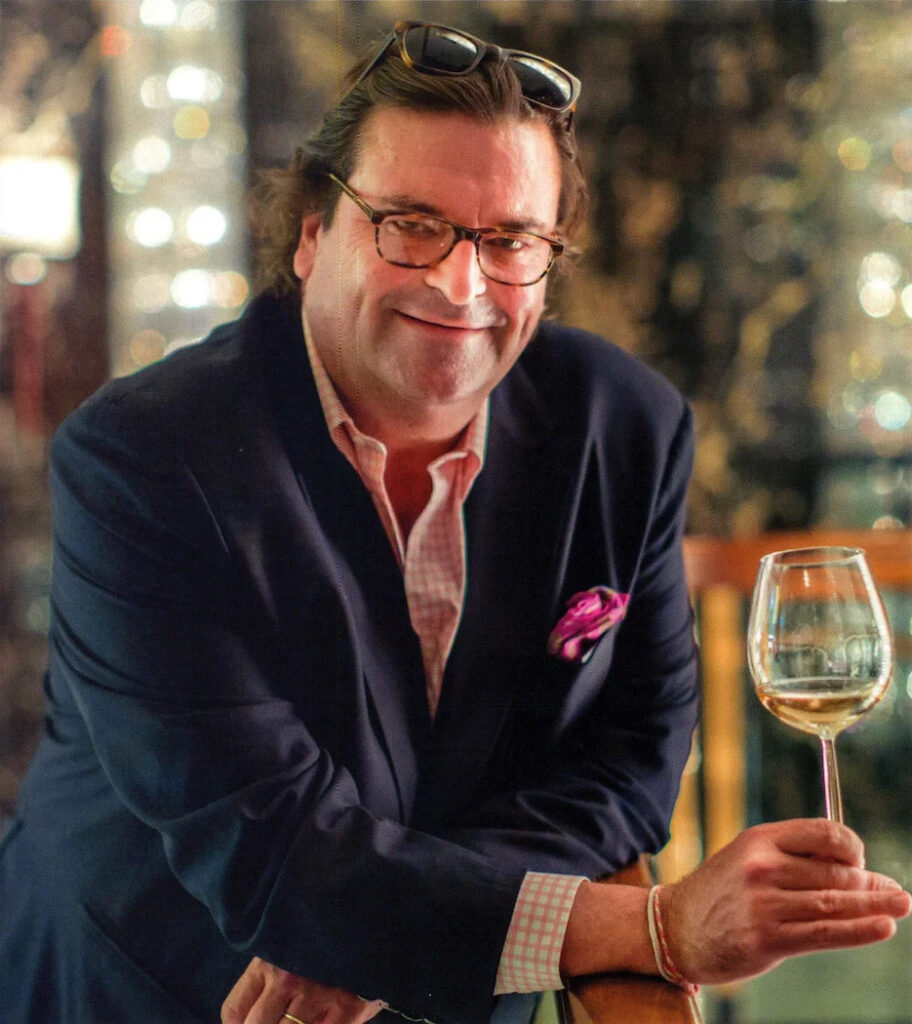Elite Traveler


Sacha Lichine on Introducing Rosé to the World
The man behind Whispering Angel isn’t done yet
By Bea Isaacson
With three distinct dining experiences ranging from casual to premium, the dining experience at Sydney’s waterside film festival is as attractive as the movies for some. In partnership with Westpac Openair, we speak to Kitchen by Mike chef Mike McEnearney about what delicacies he’s designed for the six-week season.

Whispering Angel is chic, Lichine says / ©Whispering Angel
In the Alps, on a yacht, by a Mediterranean sunset or at a party in LA. Rosé, the drink of summer, the elixir of fun, is one of the great success stories of the 21st century. And it’s all down to one man: the Bordeaux-born, US-educated Sacha Lichine.
The son of Alexis Lichine, an icon of the fine wines and spirits industry, Lichine has established a legacy of his own. Lichine is credited as the driver behind our global obsession with rosé, which he refers to endearingly as ‘pink’, through the unprecedented popularity of his brand Whispering Angel.
“The idea was to tap into the female consumer, who was looking for something lighter to drink,” Lichine tells me. “I was looking around for a new project… And the category of rosé fascinated me.”
With rosé forecast to grow by almost 70% from 2020 to 2024, the drink of choice for sunny days and balmy nights is omnipresent across today’s drinking culture. And yet rosé is a remarkably new phenomenon; rosé, by Lichine’s own admission, even a decade ago, was “really more for grandmothers than it was for anybody else… It wasn’t considered real wine.”
“Champagne rosé was already around,” he continues. “It was English women who put it on the map. It was pretty and pink and was champagne, and they were drinking it quite a bit. So, I figured if champagne rosé could take the stage, why couldn’t still rosé?”
By this point in his career, Lichine was already firmly established within the industry. Having joined the world of wine aged 23, by 27 he was running the winery Château Prieure Lichine, first purchased by his father in 1951.

“I thought the category has some legs to it,” he explains to me after I ask why he felt so strongly about bringing rosé to the world. “Some potential. It wasn’t respected by any of the trade, but I think people wanted something that started like a white and finishes like a red.”
“Something you could drink before a meal, during a meal and after a meal,” he neatly summarizes. “But to get it on the map, we had to make it good. Try to make it into a real wine, as opposed to some sort of byproduct.”
In 2006, Lichine bought property in Provence. “I said, let’s go and try to make some real wine in Provence.”
What ensued is the extraordinary journey of Whispering Angel which, I tell Lichine, sounds like something out of a film.
“We embarked… and made something that we enjoyed drinking ourselves, and we just took our bottle bag, took to the world, knocked on doors… Put our wines into people’s mouths.”
At one point, Lichine says, he and the team were doing 450 consumer events in the US on a yearly basis. Gradually, Whispering Angel started doing events at Ascot, Wimbledon and Goodwood races in the UK. Suddenly, it felt everyone was drinking pink, from the British royal family to Adele.
Clearly, the hard work paid off, the initial vision validated. People started thinking “rosé was actually quite good, and not what they thought it was before.” In fact, Lichine says they never came across “rejection, taste-wise.”
The key to success, he continues, “is that they got the taste right.”
Perhaps one of the biggest indicators of the roaring success of both rosé and Whispering Angel comes in the form of the “strategic alliance” partnership formed with LVMH in 2019. I ask Lichine why he pursued the merger, and he is quick to correct me that, in fact, it was the other way around.
“I didn’t pursue them, they pursued me. We were out there doing our own thing and they kept knocking on our door, saying we’re looking for a rosé brand,” he says.
With LVMH overlooking fashion brands such as Tiffany & Co, Christian Dior and Bulgari, and wine and spirit brands including Dom Perignon and Veuve Clicquot, it was a significant acknowledgment of Whispering Angel as a luxury brand – or, at least, a brand with the potential to be luxury.
“As time unfolded, Mr Arnault [Chairman and CEO of LVMH] visited. He’s obviously good at what he does, and after a few hours, we had an understanding.”
Lichine tells me that Whispering Angel “didn’t need a lot of help” but does acknowledge it has given “a boost to the brand, the concept, and the idea.”
“It’s given us credibility,” he says. Whilst recognizing that rosé has, today, become ‘chic’ and ‘aspirational’ to drink, the merger “shows that rosé isn’t just a fashion, it’s becoming a standard, something people are drinking on a yearly basis.”
He credits the ‘champagne approach’ of Dom Pérignon as invaluable to the sales of Whispering Angel.
Today, rosé compromises 15% of the wine market worldwide — an impressive feat considering where rosé was before 2006 – and yet Lichine’s ambition for the wine is clear: that 15% highlights that how much room there is to expand.
But it’s the future of rosé that I want to discuss with him, rather than the position of rosé within the wine industry. What does the future hold, I ask; what can we look forward to?
“Rosé is the hardest color to make good, and the easiest color to make average,” Lichine replies.
Listing new technology and innovators entering Provence, “I think the category is going to get bigger and bigger, and people are going to be making better and better rosé.”
“But competition is interesting. It’s healthy. I think it’ll be fun. We were fortunate to be the first ones…” he says, and chuckles confidently. “I think there are good times ahead.”






